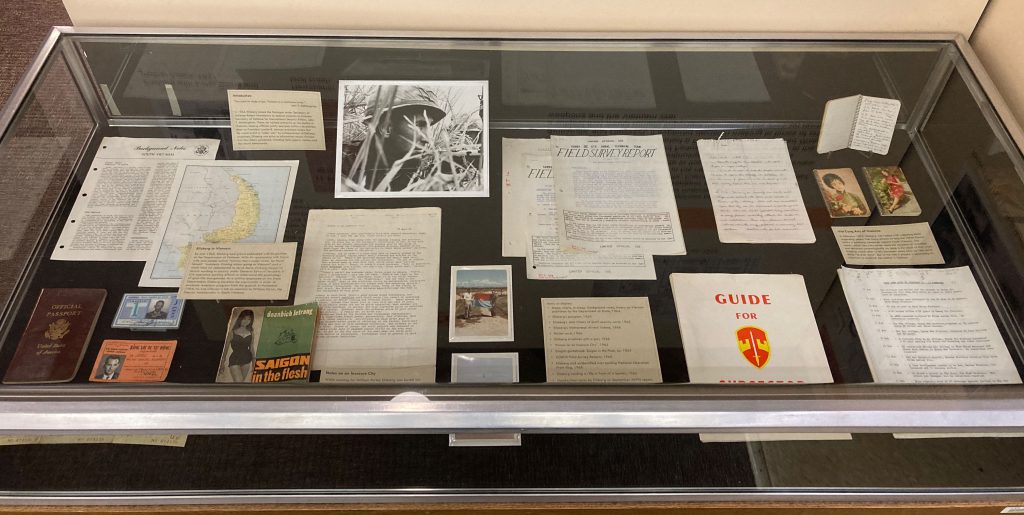Introduction
“You want to study crises; Vietnam is a continuous crisis.”
–John T. McNaughton
In 1964, Ellsberg joined the Pentagon under Secretary of Defense Robert McNamara as special assistant to Assistant Secretary of Defense for International Security Affairs, John T. McNaughton. There, he worked primarily on the conflict in Vietnam, helping officials justify and plan military escalations even as President Lyndon B. Johnson promised voters that he would avoid a “wider war.” As a Department of Defense employee, Ellsberg was privy to information about Vietnam that few others possessed, including field reports, cables, and top secret memoranda.
Viet Cong Acts of Violence
In February 1965, Ellsberg was tasked with collecting data regarding recent Viet Cong attacks to help the White House justify a bombing campaign against North Vietnam. This report, which lists sixty-seven separate incidents of atrocities and terrorism chronologically by date, is the result of that work. Ellsberg would refer to this document years later as “the worst thing I’ve ever done” due to the role it played in convincing his superiors to escalate the conflict in Vietnam.
Ellsberg in Vietnam
By mid-1965, Ellsberg had grown exhausted with his position at the Department of Defense. With his relationship with future wife and peace activist Patricia Marx under strain, he found himself “suddenly thinking about going to Vietnam” and a week later he volunteered to serve there. Ellsberg began his tenure working in-country under General Edward Lansdale, a CIA operative leading efforts to understand the psychology of guerrilla insurgencies. As a civilian employee of the State Department, Ellsberg travelled the countryside in order to evaluate American progress from the ground. In November 1966, he was offered a job as assistant to William Porter, the Deputy Ambassador to South Vietnam.
Notes on an Insecure City
While working for William Porter, Ellsberg was based out of the American embassy in Saigon, the bustling capital of South Vietnam and the headquarters of U.S. military operations. Although the city itself remained mostly untouched by fighting during Ellsberg’s stay, evidence of the war raging just beyond its limits was everywhere. It was a dangerous and often contradictory place. In this essay titled “Notes on an Insecure City,” Dan provides a “scattered, ominous collection of impressions” based on his first few weeks in Saigon, culminating in the sudden death of a colleague.

















